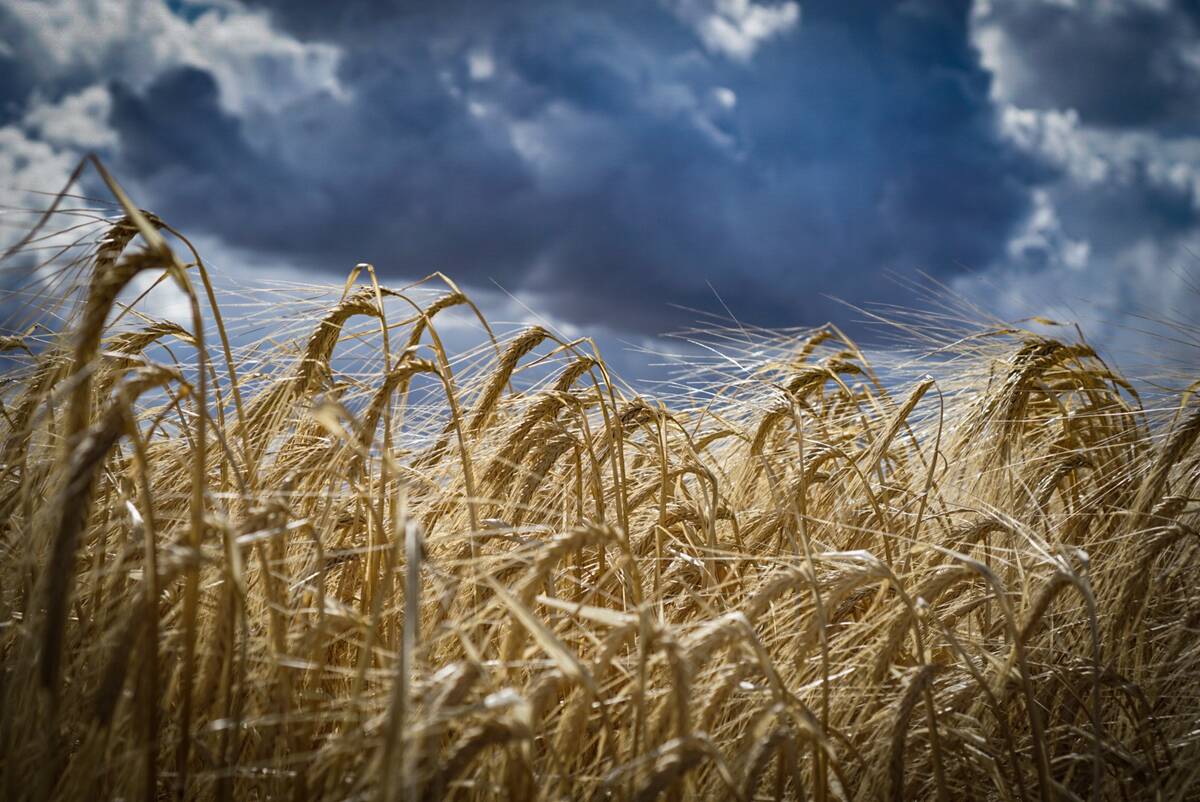Ross Hazen is happy to see the sun shining after heavy rain fell on his farm near High River, Alta., last week.
“The ground is so full of water, it can’t take any more,” said Hazen, who added a farm in his area had 60 acres under water on one quarter section.
Heavy rain has delayed spraying in Alberta and raised the level of the South Saskatchewan River as it flows through Saskatchewan.
Hazen said it’s a repeat of last fall, with his crops in low spots now under water. High River received heavy rain last fall but also watched the water rise to within centimetres of the town’s bridge in June 2005.
Read Also

Malting barley exporters target Mexican market
Canada’s barley sector is setting its sights on the Mexican market to help mop up some of the lost demand from China
Hazen hopes sunshine early this week will help dry fields and allow him to finish spraying, even if it means driving around large puddles.
“We had pretty good moisture and didn’t need any more,” said Hazen, who finished seeding his peas, barley, canola and wheat May 12.
Matt Gosling, an agronomic consultant and farmer at Strathmore, Alta., reported crop lodging and nitrogen leaching from the 100 mm of rain that fell in the area last week.
He said producers south of the Bow River are most affected and are experiencing delays in their field work. Many have a few days of spraying left to do, he said.
Last week, the Saskatchewan Watershed Authority issued a high flow advisory for the South Saskatchewan River and related river systems.
Doug Johnson, the authority’s director of basin operations, reported flooding around Leader but doubted there would be flooding downstream of Lake Diefenbaker.
“For the most part, we won’t see much flooded areas,” he said. “It’s not out of its bank in too many places.”
Peak flows into Saskatchewan from Alberta are expected to arrive around June 21, with water levels rising by a metre. Heavy rain in the mountains could increase river flows, he said.
Bob Cormier of Environment Canada said areas from Calgary to the Consort hills and south have received 150 percent of normal precipitation since the beginning of the crop year.
South of the Trans-Canada Highway, rainfall is 100 percent above normal amounts.
In Saskatchewan, the wettest areas include Coronach and run from Gravelbourg to Melville, at 150 percent of normal.
Rainfall this spring and last fall has further saturated wet fields in northeastern Saskatchewan, where many have not finished seeding.
In Manitoba by contrast, the Red River Valley and southeastern areas are seeing below average rainfall. Average to above average precipitation is reported in Brandon, Dauphin and areas to the west.
“It’s definitely wetter than normal, but not quite as serious as last spring, and the three major rainfalls in Alberta,” Cormier said.
This year, producers generally have seen rain fall more regularly rather than in heavy dumps.
The weather forecast calls for showers followed by a drier spell starting mid-week, Cormier said.














